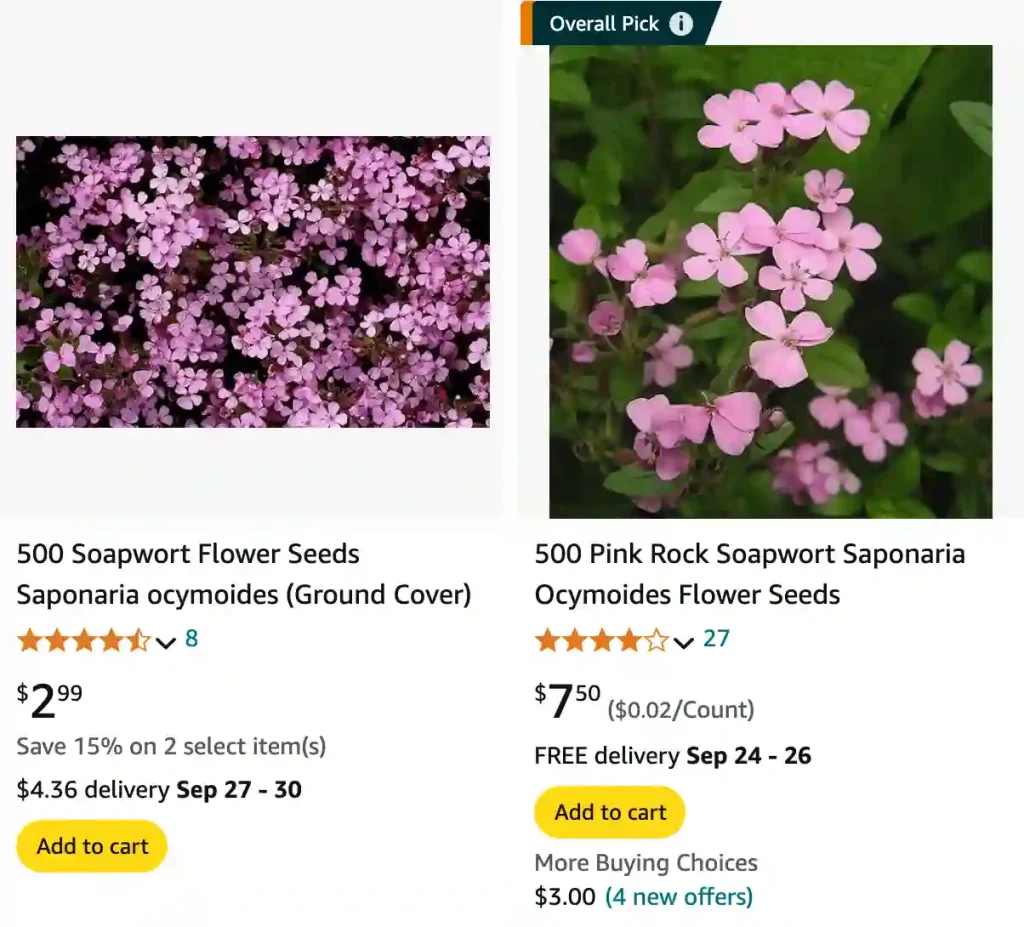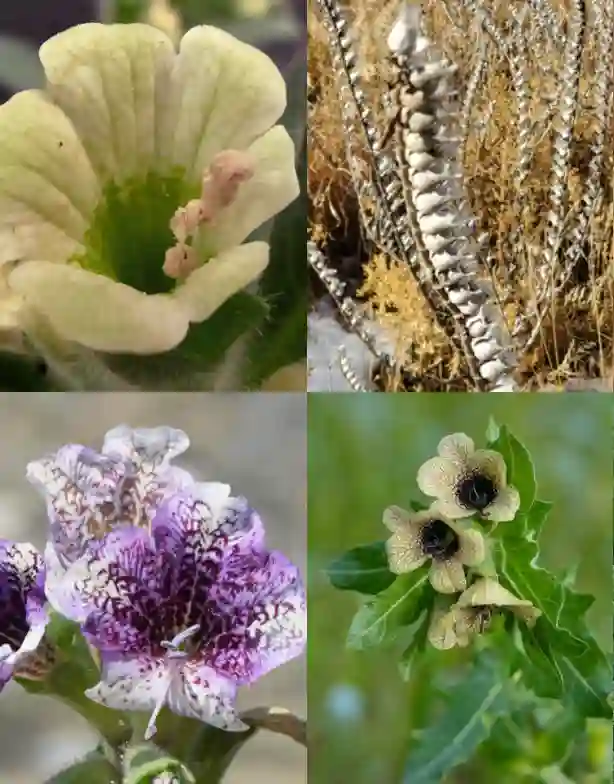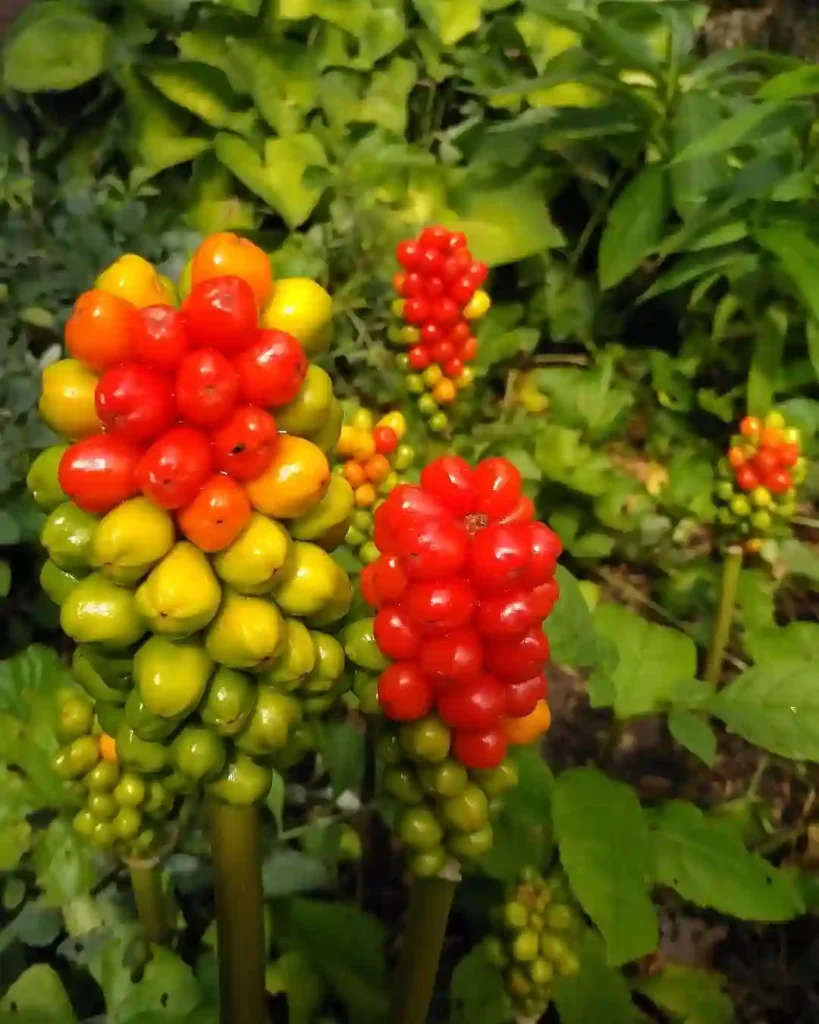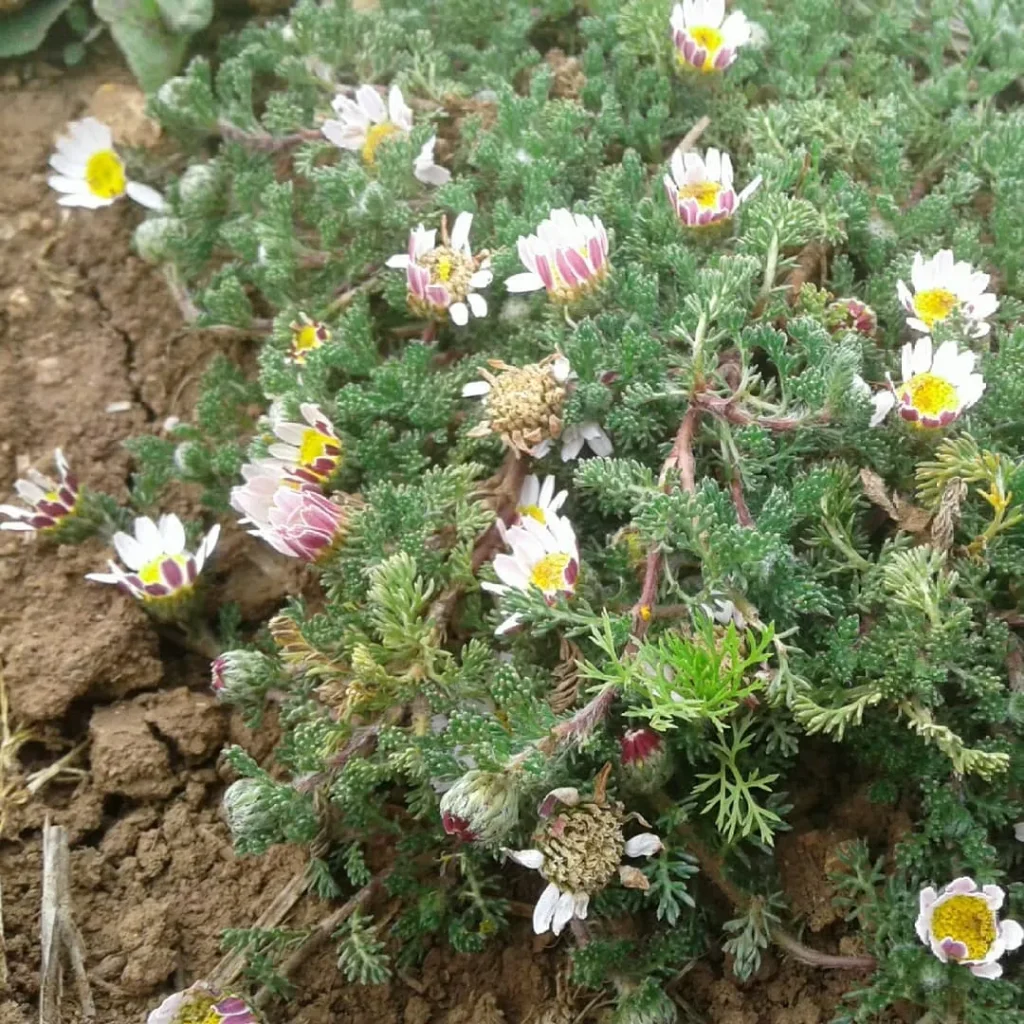
FAQs About Saponaria Ocymoides
As an avid gardener, I’ve had my fair share of experiences with different plants, and one that has piqued my interest lately is Saponaria Ocymoides. This charming perennial, also known as the Rock Soapwort, is renowned for its versatility and beauty. Here’s a comprehensive guide addressing common questions about Saponaria Ocymoides, covering everything from growing tips to potential issues.
41 Species in Genus Saponaria
Can Saponaria Ocymoides Make Soap?
One of the most frequently asked questions about Saponaria Ocymoides is whether it can be used to make soap. The answer is yes, it can! Saponaria Ocymoides is known for its soap-like properties due to the saponins present in its roots. Historically, people used the plant to create a mild, foamy soap for washing. The process involves boiling the roots to extract the saponins, which then produce a lather when mixed with water. While it’s not commonly used for soap-making today, it’s a fun fact that adds to the plant’s allure.
How to Grow Saponaria Ocymoides from Seed?
Growing Saponaria Ocymoides from seed can be a rewarding experience if you follow the right steps. Start by sowing the seeds in a seed tray filled with a well-draining seed compost. Lightly cover the seeds with a thin layer of soil, as they need light to germinate. Keep the tray in a warm, sunny spot, maintaining a temperature of around 65-70°F (18-21°C). Water gently to keep the soil moist but not soggy. Germination typically takes about 2-3 weeks. Once the seedlings have grown enough to handle, transplant them into individual pots and gradually acclimate them to outdoor conditions before planting them in your garden.
How to Grow Saponaria Ocymoides?
Growing Saponaria Ocymoides is relatively straightforward, making it a great choice for both novice and experienced gardeners. This plant thrives in well-draining soil and prefers full sun to partial shade. It’s quite drought-tolerant once established, so you don’t need to worry about frequent watering. Plant it in a spot where it has enough room to spread, as it can grow up to 12 inches (30 cm) tall and wide. Regular deadheading of spent flowers can encourage more blooms and keep the plant looking tidy.
How to Garden with Saponaria Ocymoides Plug Plants?
Using plug plants is a convenient way to start a garden, and Saponaria Ocymoides is no exception. When planting plug plants, choose a well-draining location in your garden. Prepare the soil by incorporating organic matter to improve drainage and fertility. Space the plug plants about 12 inches (30 cm) apart to allow for their natural spread. Water the plants well after planting and mulch around them to retain moisture and suppress weeds. Keep an eye on them as they establish, and ensure they receive enough sunlight for optimal growth.
How to Care for Saponaria Ocymoides?
Caring for Saponaria Ocymoides involves a few simple steps. Ensure the plant is in a well-drained soil environment and water it during prolonged dry spells. Although it is drought-tolerant, regular watering during the initial growth phase helps establish a strong root system. Fertilizing isn’t necessary, but you can apply a general-purpose fertilizer in the spring if desired. Remove any dead or diseased foliage to keep the plant healthy. In colder climates, provide mulch to protect the roots during winter.
How to Propagate Saponaria Ocymoides?
Propagating Saponaria Ocymoides can be done through seeds or division. For division, dig up the plant in early spring or fall and carefully separate the root clumps. Replant the divisions in their new locations, ensuring they have enough space to grow. When propagating by seeds, follow the germination steps mentioned earlier, and be patient as they establish themselves.
What to Plant with Saponaria Ocymoides?
Saponaria Ocymoides pairs well with a variety of other plants in the garden. Consider combining it with other drought-tolerant perennials such as lavender, sedum, or thyme. Its spreading habit can also complement low-growing groundcovers like creeping thyme or moss phlox. These combinations can create a visually appealing and low-maintenance garden space.
Can You Grow Saponaria Ocymoides Indoors?
While Saponaria Ocymoides is typically grown outdoors, it can be grown indoors under the right conditions. Ensure it receives ample light, ideally from a south-facing window or under grow lights. Use a well-draining potting mix and ensure the pot has good drainage. Indoor temperatures should ideally match its outdoor preferences, around 65-70°F (18-21°C). Regularly check for pests and water as needed, allowing the soil to dry out slightly between waterings.
Is Saponaria Ocymoides Toxic?
Saponaria Ocymoides is generally considered non-toxic to humans and pets. However, its saponins can cause mild gastrointestinal upset if ingested in large quantities. It’s always a good idea to keep an eye on pets and children to prevent them from consuming parts of the plant.
Benefits of Saponaria Ocymoides
Saponaria Ocymoides offers several benefits. Its attractive, spreading growth habit makes it an excellent groundcover for dry, sunny areas. The plant’s ability to produce a foamy lather from its saponins also adds a historical touch to its use in traditional soap-making. Additionally, its low maintenance needs make it a practical choice for busy gardeners.
Common Problems with Saponaria Ocymoides
While Saponaria Ocymoides is quite resilient, it can face a few issues. Overwatering or poor drainage can lead to root rot, so ensure the soil remains well-drained. Pests such as aphids or spider mites can occasionally be a problem, but they are usually manageable with regular monitoring and appropriate treatments.
In summary, Saponaria Ocymoides is a versatile and charming plant that can enhance any garden. From its soap-making history to its easy-care nature, it’s a fantastic choice for gardeners looking to add something unique to their landscape. Whether you’re growing it from seed, using plug plants, or simply looking for new gardening ideas, Saponaria Ocymoides is worth considering.
If i die, water my plants!



